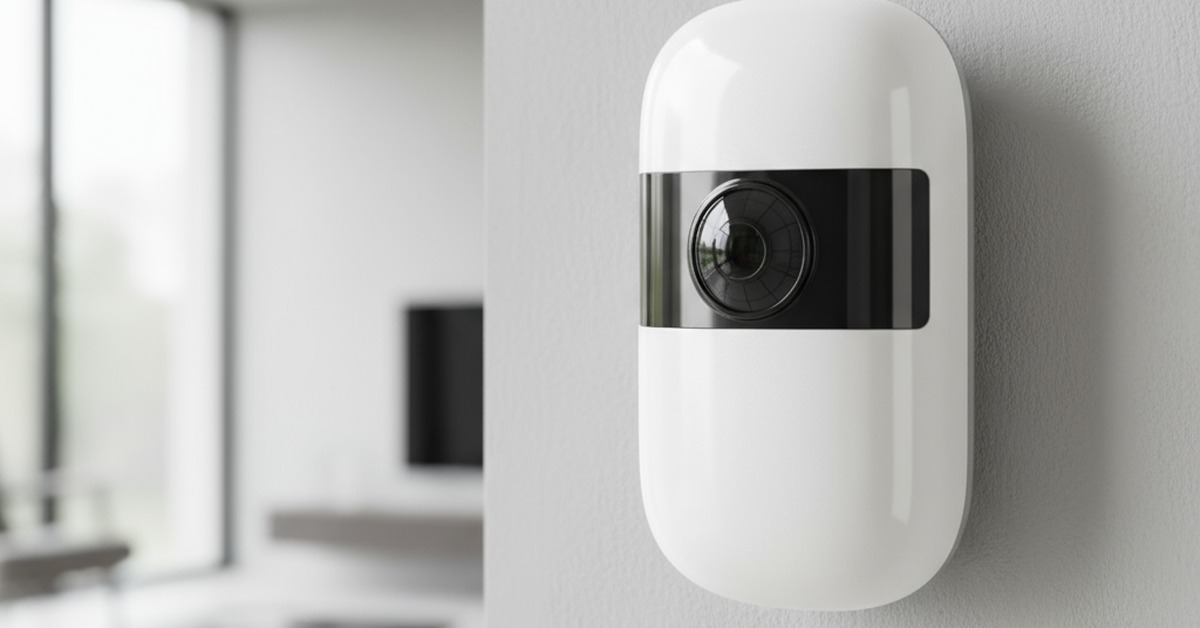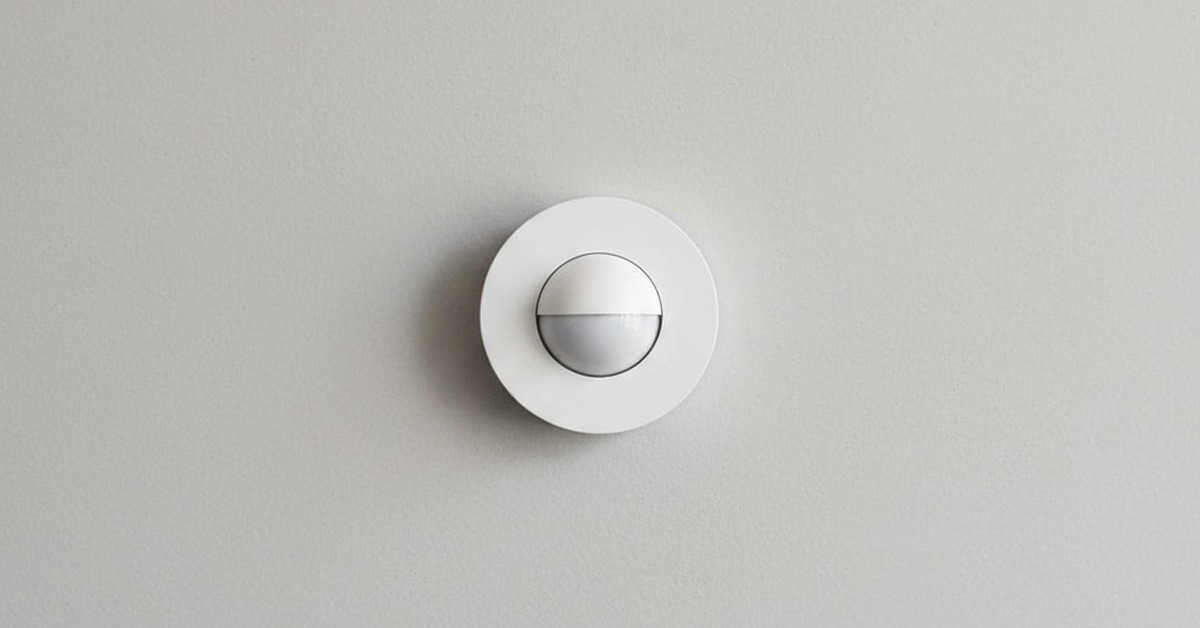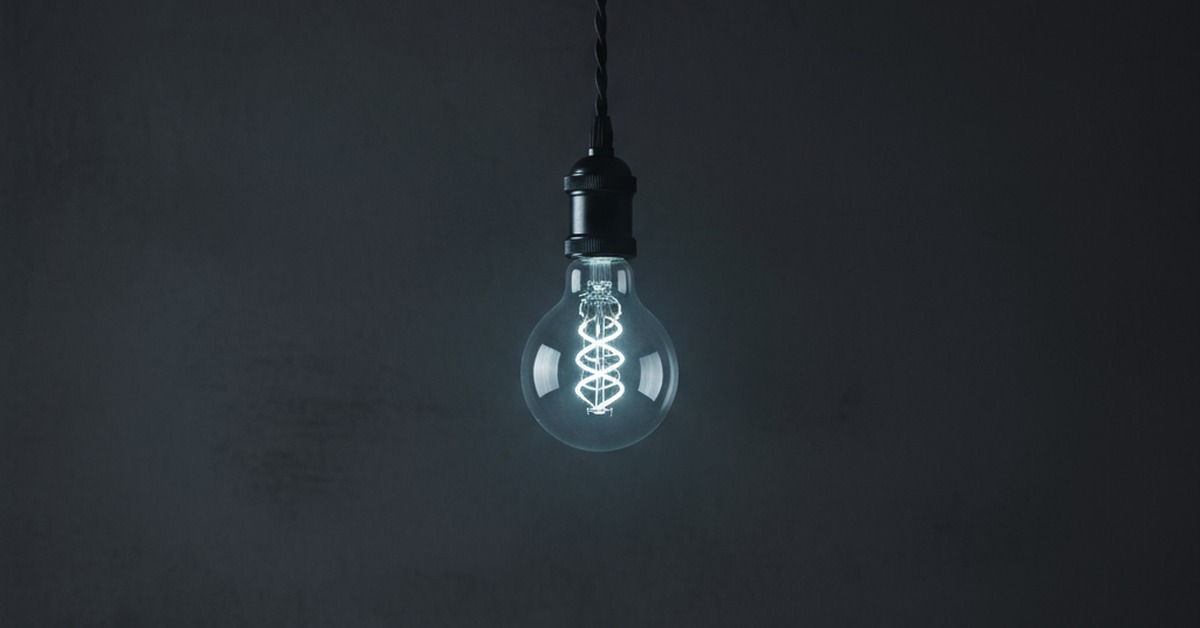 Rayzeek
Rayzeek
An empty conference room, lit and cooled for occupants who are not there, represents a quiet failure. It is a ghost in the machine of building automation, a small but constant drain of energy that the system was designed to prevent.
For any property management company, profitability lives in the margins. It’s found not in the grand gestures, but in the minutes shaved off every turnover, an efficiency that compounds silently across a portfolio.
A motion sensor is an exercise in trust. We install these small, unblinking eyes in the corners of our rooms and grant them the authority to distinguish the mundane from the menacing.
A frustrating callback haunts the final stages of many lighting retrofits. The client’s new, energy-efficient LED fixtures, a symbol of modern progress, are misbehaving.
It is a familiar and maddening phenomenon for anyone who manages a building. An empty conference room, silent for hours, suddenly illuminates.
In the demanding environment of a commercial cold storage facility, motion sensors often become a source of persistent failure. The promise of energy efficiency and operational safety gives way to the reality of maintenance calls, operational disruptions, and lights that either refuse to turn on or stubbornly stay lit.




